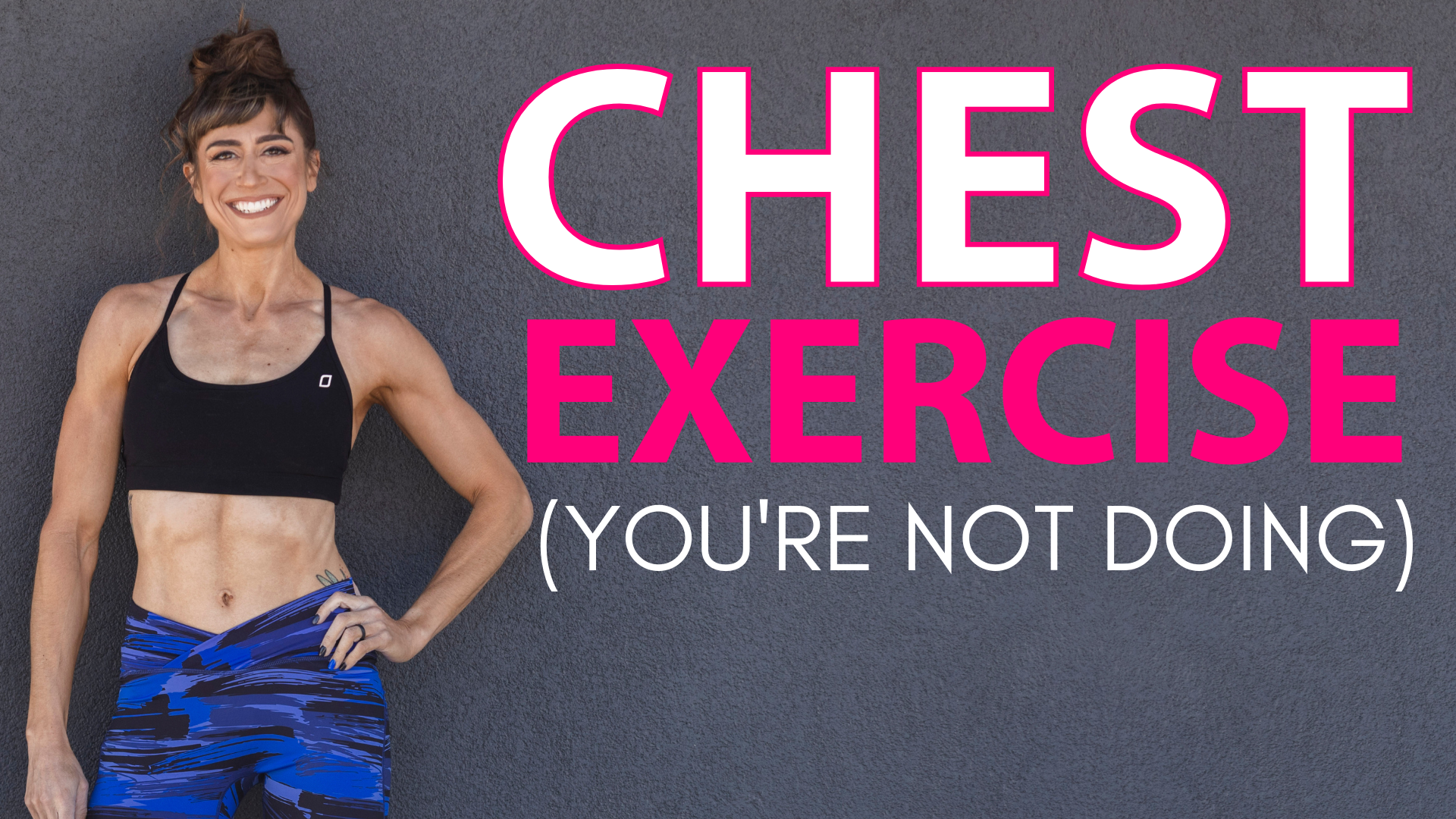If it challenges you, it will change you.
Progression can be created in so many different ways, from increasing loads to changing tempos, postures of movements, ranges of motion and even by changing the types of tools we use.
For example the basic dumbbell chest fly is a staple of many chest or pec building hypertrophy workout routines.
But I find often people, in an attempt to keep progressing the move, start to compensate in terms of their form.
They end up turning the move into a straight press over a true fly as they try to increase weights past a point they can truly control.
Or if they realize they can’t control the heavier weight they start to add reps instead to progress the movement. This isn’t a bad way to create progression when you’re stuck not able to truly move to the next weight.
But what if you’re finding your ego is getting in the way and you’ve hit a point there isn’t really a clear progression?
What can you do?
This is where you can implement different techniques, including simply adding in another training tool to the equation.
You could simply swap to a banded chest fly to progress through the same but different because bands apply tension in a different way to the same movement pattern OR you could actually combine both tools.
And combining both tools is a great way to progress that standard dumbbell chest fly and even create resistance throughout the movement in a new way.
It’s why I love the Banded Dumbbell Chest Fly!
The band makes it deceptively hard, forcing you to really slow down the movement and control it.
It creates resistance in a new way while still allowing you to get the benefits of the basic dumbbell fly.
It may be that little tweak you need when you can’t just keep adding reps and aren’t truly able to move up yet with dumbbells.
It may even simply be a great way to challenge your body in a new way and bust through that strength plateau and even mix up your training just to keep things interesting!
So How Do You Do The Banded Dumbbell Chest Fly?
To do the Banded Dumbbell Chest Fly, you will need a larger loop band to hold with your dumbbells. Start light as this move is deceptively challenging.
You will want to go lighter with the dumbbells than what you use for just the dumbbell chest fly especially to start!
Hold the band in one hand and pull it across your back as you grab it in the other hand. I recommend having your weights propped up on the bench in front of you or on a rack where you can easily grab them.
Grab a weight then in each hand and lie back on the bench with the band across your upper back and weights in at your chest.
Then press the band and weights straight up from your chest toward the ceiling with the weights together.
Moving slowly fly your arms out and open at about chest height, keeping your elbows soft. However, do not turn this into a bench press. You aren’t bending and extending at the elbows but allowing yourself to move from your shoulder as you lower your arms to about parallel to the ground.
Make sure you do not shrug as you fly your arms open.
Open up your chest so your upper arms are about parallel to the ground. Move slowly to really control the band, then feel your chest muscles work to pull your hands back up and overhead toward the ceiling.
Focus on contract the pecs to really pull the weights back over the center of your chest.
Feel the band working against you as you fly your arms back together.
Then repeat the move. You want to feel a slight pec stretch as you open up your arms, while not locking out the elbows. And then you want to feel your chest really working to bring your hands back together.
Really start light to focus on a slow tempo and that control. You’ll be surprised by how much the band makes this more challenging.
Make sure as you do this move as well that you’re even aware of engaging your back to support your shoulders.
To modify you can always use just one tool instead of both combined or even do a standing chest band fly to really work on that scapular control if you struggle with engaging your back to support your shoulders!
SUMMARY:
Just remember weights and going heavier with loads is not the only way to progress a move! And sometimes small changes like using two types of resistance can be the variation we need to keep seeing results from our programming!
Want more amazing moves, workouts and tips?
Join my FREE daily newsletter:



0 Comments